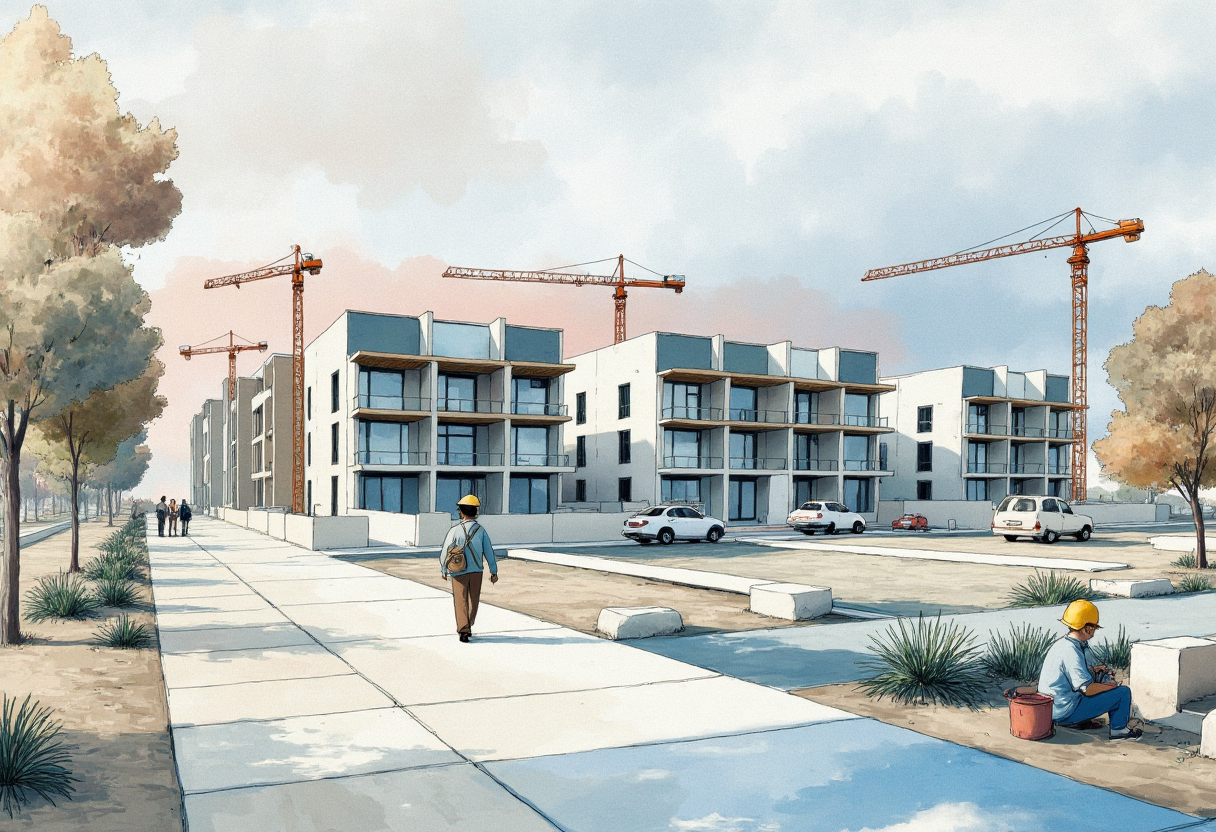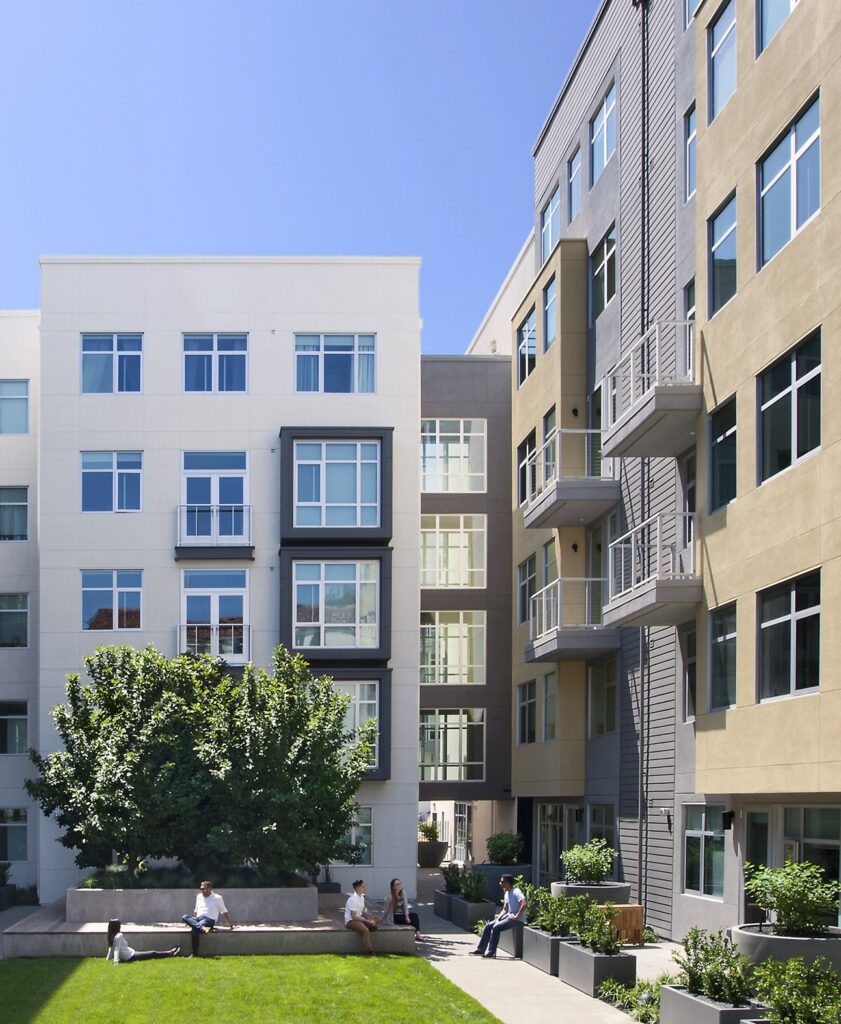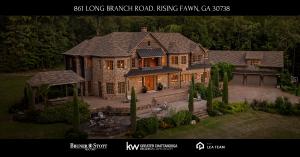TALLAHASSEE, Fla., July 01, 2024 (GLOBE NEWSWIRE) — SRI Management is proud to announce its expansion into North Carolina with the management transition of Trevi Vibrant Senior Living,...
Building More Housing: The Housing Action Coalition's Fight for California's Future




California’s housing crisis has reached a critical point and one organization is working to shift the tide. What began over 25 years ago as a San Francisco-based initiative, the Housing Action Coalition has grown into a statewide advocacy group pushing for more housing across all income levels and reshaping how the state approaches development.
“If you follow all of the rules, you should get to build your building without getting sued by an angry neighbor,” states Corey Smith, Executive Director of the Housing Action Coalition (HAC), summarizing the organization’s straightforward philosophy on housing development in California.
California’s Housing Crisis: A Supply Problem
The Housing Action Coalition’s fundamental belief is straightforward: while building more housing won’t solve all of California’s problems, it will be impossible to solve California’s problems without building more housing.
“We believe that California’s affordability and displacement crisis is primarily driven by a lack of supply of housing at all income levels,” Smith emphasizes. This supply-focused approach distinguishes HAC from organizations that prioritize other aspects of the housing crisis.
To address this supply shortage, HAC focuses on four key areas:
- Process Reform: “It takes too long for housing to go from start to finish,” Smith notes, pointing to the need for streamlined approval processes.
- Planning and Building Code Reform: HAC advocates for density decontrols, relaxed zoning, and stronger state density bonus laws to allow builders to actually build housing.
- Funding: Recognizing that “money matters when we think about housing production,” HAC supports maximizing impact fees and exactions to the point that still allows projects to remain economically feasible.
- People: “At the end of the day, this is about people,” Smith emphasizes. “We want to make sure we’re doing what we can to improve people’s lives.”
The Case for Ministerial Approval
One of HAC’s core policy positions is that all housing in California should be ministerially approved, meaning that if a project meets all established rules and requirements, it should be automatically approved without discretionary review.
“We are firm believers that all housing in California should be ministerially approved. If you follow all of the rules, you should get to build your building,” Smith states emphatically.
This position highlights a fundamental disconnect in housing politics. “Everybody says, ‘We know that we need housing,’ and we respond, ‘Great. What if everybody follows literally all of the local rules? Can they build their building?'” Smith explains. “And then some people say, ‘Well, we want housing, but I still want to make sure that we have the opportunity to argue about it a little bit.'”
This resistance to streamlined approvals reveals that some stakeholders may claim to support housing while still wanting to maintain control over what gets built and where, a stance that ultimately impedes housing production.
The All-of-the-Above Approach


When asked about which housing initiatives HAC supports—from affordable housing to workforce housing, transit-oriented development, ADUs, lot splits, or conversions of retail and office spaces—Smith is unequivocal: “It’s totally an all-of-the-above approach. We need to be doing all of those things.”
This inclusive stance stems from HAC’s people-centered philosophy. “When we think about housing and coming back to the people, if I’m looking for a place to live, the number one thing I want is options,” Smith explains. “I want choices: different locations, different price points, different styles of housing.”
Smith points out that housing needs change throughout people’s lives. Young professionals might prefer co-living situations, while seniors might want urban environments with built-in social connections. “We believe that no one solution will work for every person,” he says.
The ADU Success Story: A Blueprint for Reform
California’s success with Accessory Dwelling Units (ADUs) offers a blueprint for what’s possible when state policy aligns with housing production goals. As Smith explains, “About a decade ago, Sacramento decided we should start letting people build accessory dwelling units. They changed the codes, improved the processes, and people built them.”
This straightforward approach—legalize, streamline the process, pay attention to financing—could work for other housing types as well, Smith argues. “We’ve been building multi-family, multi-story housing on planet Earth for literally thousands of years. The Egyptians were the first people to build apartment buildings. We can do it if government wants to allow it.”
While ADUs have gained widespread acceptance, multi-family housing still faces political resistance. “Many people are concerned about what an apartment building may do to their neighborhood,” Smith acknowledges. “So there’s political pushback, and it takes time.”
Enforcing Housing Laws: The Lafayette Lawsuit
HAC’s commitment to enforcing state housing laws is exemplified by their recent lawsuit against the city of Lafayette. The case centers on Senate Bill 828, which strengthened the housing element process, a requirement that each city plan for a specific number of housing units across different income levels.
“For a long time, cities did not actually have to take this plan very seriously, because there were no repercussions for not following their plans,” Smith explains. “That changed over several legislative sessions from 2017 to 2019. They said, ‘Actually, these plans matter, and there are going to be serious repercussions if you do not do what you are supposed to do.'”
In Lafayette’s case, HAC doesn’t believe the city’s housing plan will produce the required number of units. The organization has questioned several sites in Lafayette’s inventory, including faith-based institutions supposedly converting to housing and a pharmacy with a long-term lease that the city claimed would be replaced with 26 homes.
“We looked at numerous sites, conducted research, examined the data, and tried to determine if the sites they’re including are likely to redevelop,” Smith explains. “When you have either a site owner who is not interested at all in building housing or a use that just doesn’t pass the smell test… we tried to apply that reasonable person test.”
HAC’s lawsuit asks Lafayette to identify alternative sites to replace those that are unlikely to be developed into housing, ensuring the city meets its state-mandated housing targets.
Beyond NIMBYism: The Evolving Politics of Housing
While “Not In My Backyard” sentiment certainly plays a role in housing opposition, Smith believes the dynamics are more complex and evolving.
“A certain percentage of the opposition is purely NIMBYism. I actually think that cohort is increasingly losing power because of the political will for people to need housing options,” Smith observes.
Even among traditional NIMBY demographics, typically older, wealthier homeowners in suburban communities, attitudes are shifting. “You’ve got people in big single-family homes who want to stay in their communities and neighborhoods, but don’t want to live in the big home with the stairs and yard as they age,” Smith explains. “There are no other alternatives in their community… no new apartment building with modern fixtures and accessible features.”
Smith also points out that different organizations are trying to solve different problems. While HAC focuses on the macro housing supply problem, other groups prioritize tenant protections or labor standards. The challenge lies in balancing these various priorities while still enabling housing production.
Looking Forward: The Unsexy Work of Housing Reform
As HAC continues its advocacy work, Smith highlights two areas that receive less attention but are crucial for addressing California’s housing crisis.
First is the permitting process, what Smith calls “the non-sexy” part of housing development. “Projects get approved, projects can get built, but there’s this government bureaucracy piece in getting things to move through complicated cities, counties, utility companies, special districts and transit agencies,” he explains. “It’s not as tweetable as zoning reform, but it’s practically a really big deal to fix.”
Second is funding for affordable housing. While HAC strongly advocates for market-rate development, “A 100% market-rate housing project is a public benefit. We call it homes. It is necessary,” Smith acknowledges that market solutions alone won’t address immediate needs for low and middle-income residents.
“I’m a nonprofit employee; I cannot afford to live in the new market-rate product that I am advocating for,” Smith admits. “While we need to be fixing supply across the board from a market-rate perspective, we also need to increase funding for both low and middle-income housing.”
This two-pronged approach, increasing market-rate supply that will eventually filter down while also directly funding affordable housing, reflects HAC’s pragmatic, comprehensive vision for addressing California’s housing crisis.
By advocating for more housing of all types, the Housing Action Coalition is working to ensure that California’s future includes homes for everyone.
Similar Articles
Explore similar articles from Our Team of Experts.


Notary Public Costa Mesa Serving Costa Mesa and the surrounding cities Newport Beach, Huntington Beach, Irvine, Santa Ana, Fountain Valley, and Tustin. COSTA MESA, CA, USA, June 16, 2024 /EI...


861 Long Branch Road Rising Fawn GA Exterior Shot 861 Long Branch Road Rising Fawn GA Kitchen Shot 861 Long Branch Road Rising Fawn GA Living Room Shot Explore the elegance of 861 Long Branc...


Avamere at Oak Park, an assisted living community in Roseburg, Oregon, earned the 2024 Silver – Achievement in Quality Award. This award is a true honor and testament to our dedication to ...


Marks the Largest U.S. Focused Real Estate Debt Fund Raised in 2024 Executes Second Consecutive $2 Billion+ Fundraise Amid Extended Period of Market Volatility NEW YORK, Sept. 12, 2024 (GLOB...



